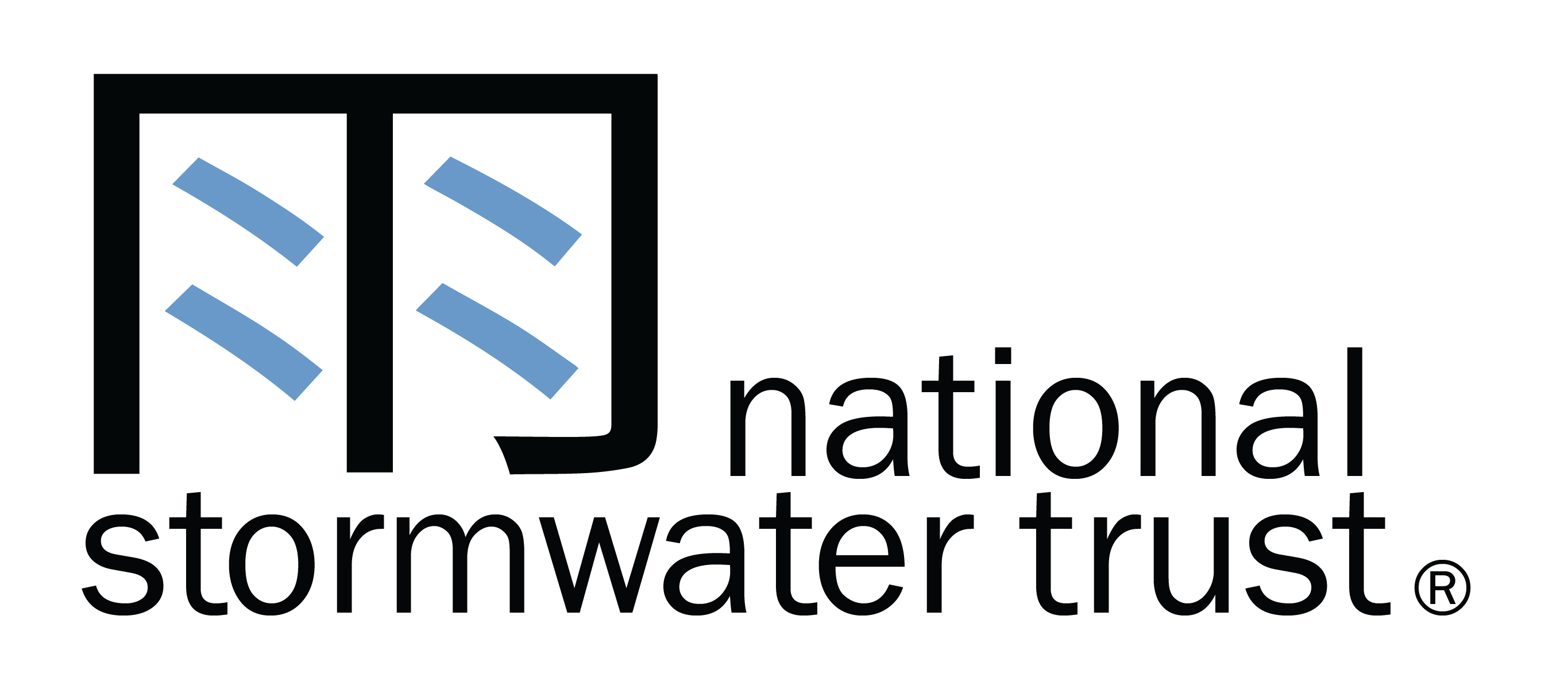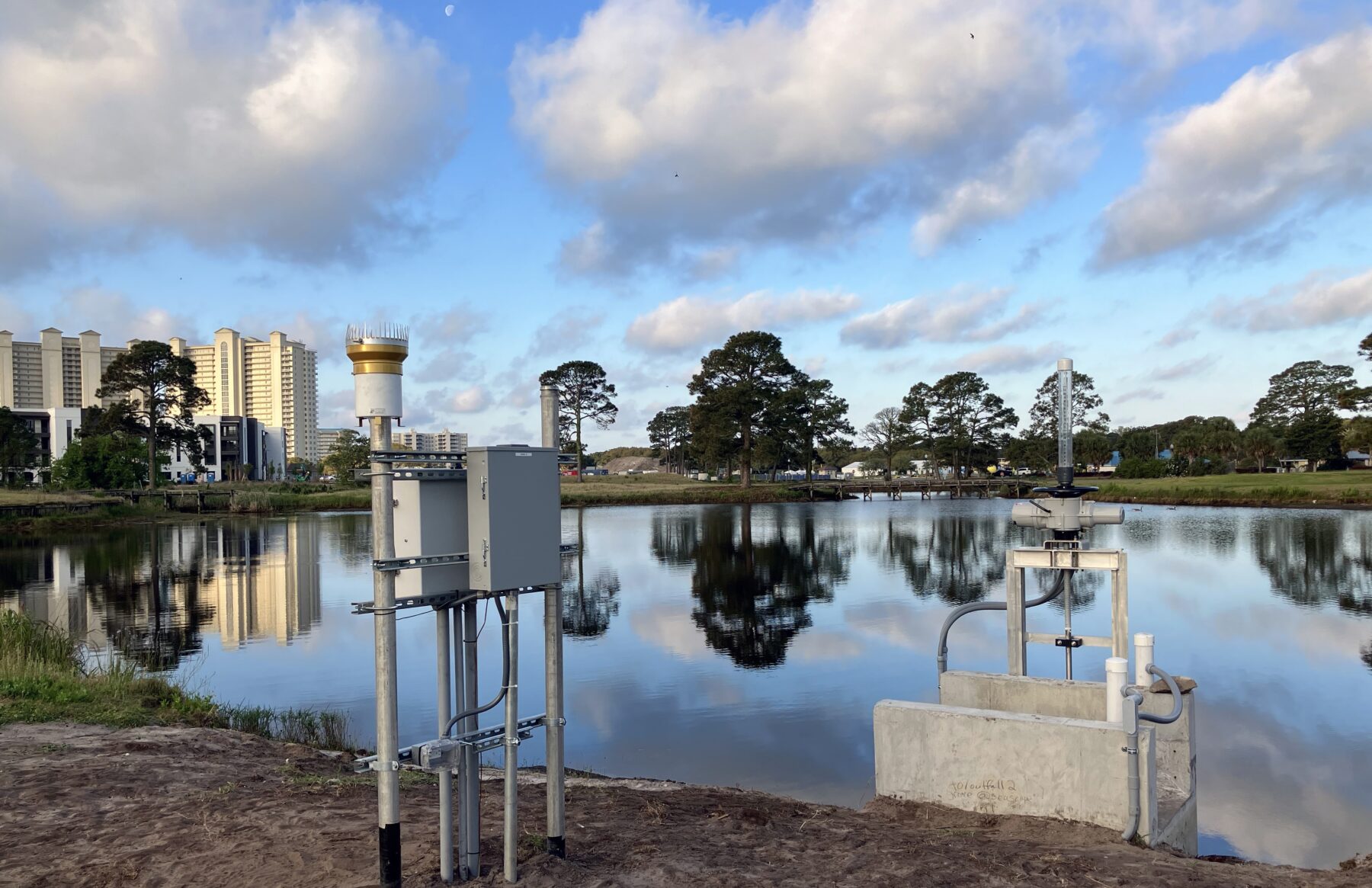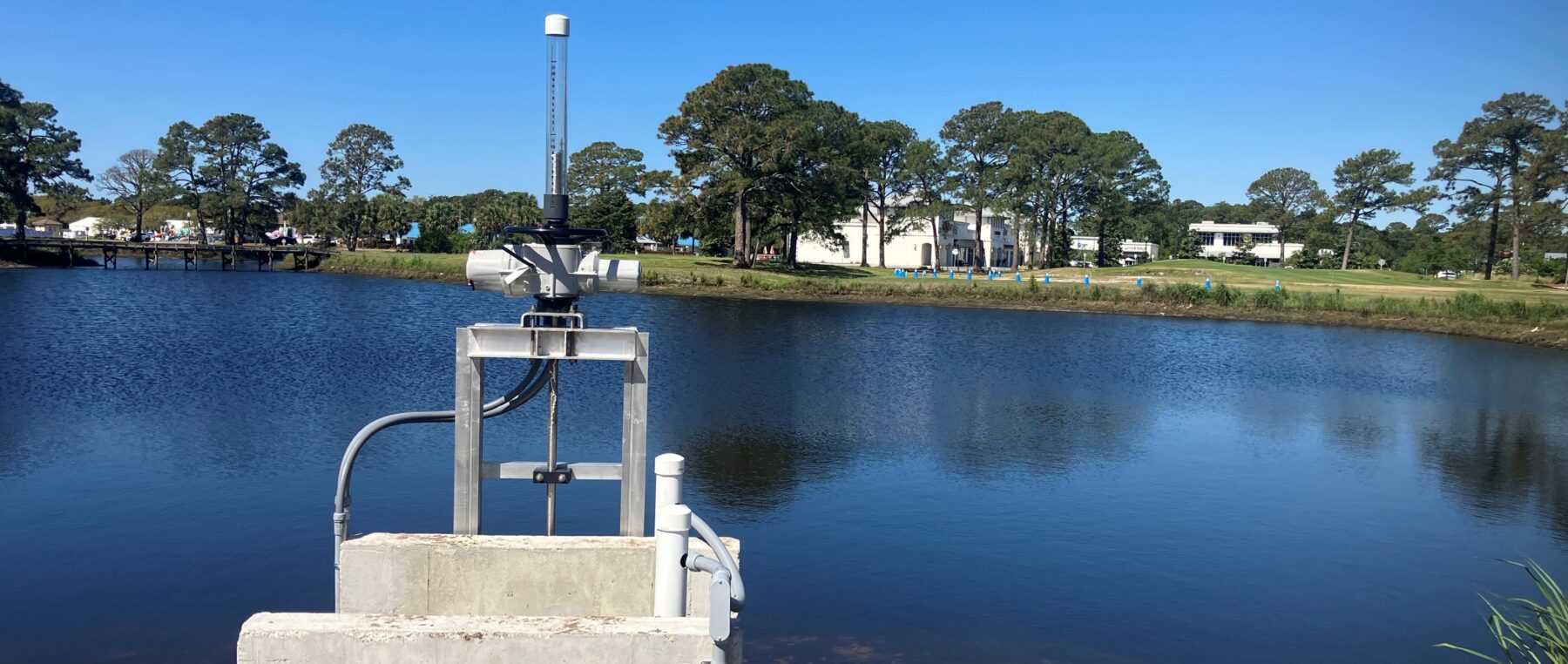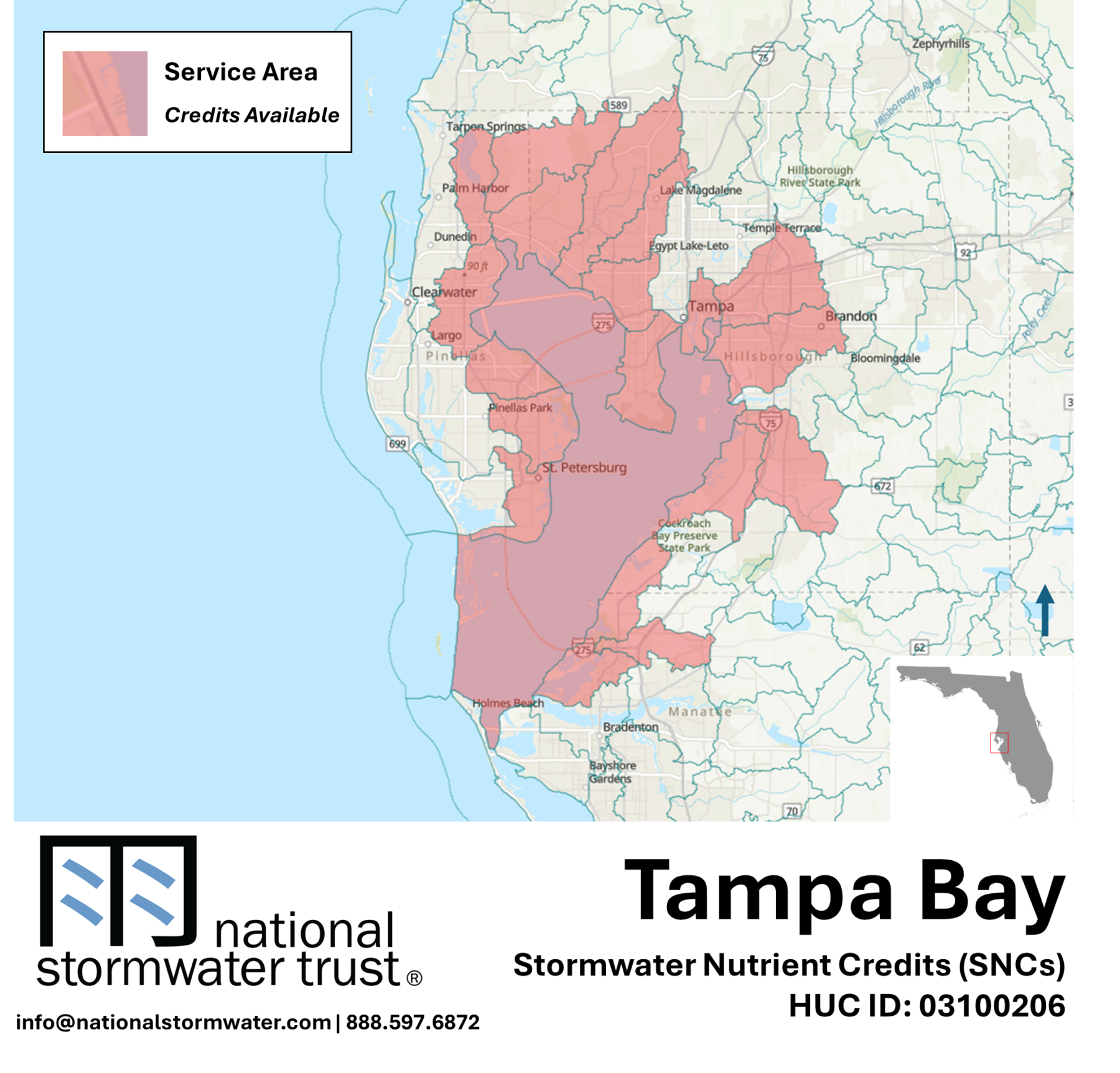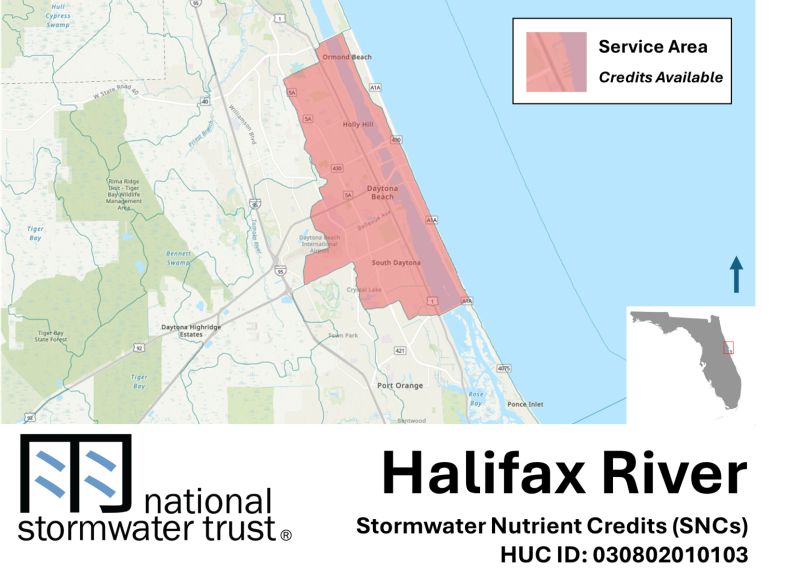Effective maintenance of installed Best Management Practices (BMPs) is critical to maintaining performance of the BMPs throughout their life cycle. Section 12.3.5 of the new stormwater rule, effective June 28, 2024, recognizes this and requires all new permit applicants to “provide a cost estimate for the perpetual operation and maintenance of the stormwater management system.” The rule also specifies that the cost estimate should be in current dollars and include annual operating expenses and planned replacement of items at the end of their service life. Along with the cost estimate, the applicant must also demonstrate that the operation and maintenance entity has the financial capability to perform the required operation and maintenance. This is demonstrated through the submission of Form 62-330.301(26), “Certification of Financial Capability for Perpetual Operations and Maintenance Entities,” with the permit application.
Doing a life cycle cost estimate can be tricky as not all infrastructure and equipment has the same service life. A typical service life could be 50 years or longer for pipes and structures, but BMPs with filters, wetland mats, valves, irrigation pumps, and other equipment will have much shorter service lives. So, the cost estimate for “perpetual operation” of multiple BMPs will include several replacement cycles for some parts with different individual service lives. You can determine the annual O&M cost in current dollars in a customized spreadsheet, analyzing each component of the stormwater system by its annual operating cost and estimated replacement interval. Thankfully, there are resources out there to help you.
If you have a more detailed project or simply want to use a ready-made form, the Florida Stormwater Association Educational Foundation, along with the Water Management Districts and the Florida Department of Environmental Protection has developed a BMP Life-Cycle Costing Tool. The tool is available on the FSA for members and non-members. While more complex than a spreadsheet method, the tool also provides guidance for completing the form, additional information on discount rates, and even suggested maintenance activities that should be included for various BMP types.
